Desaminotyrosine
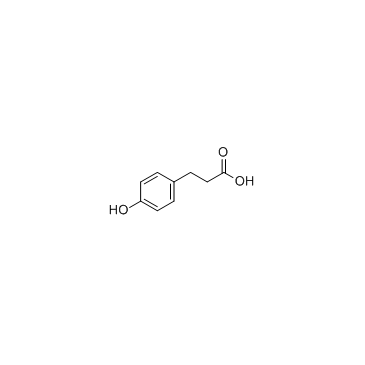
Desaminotyrosine structure
|
Common Name | Desaminotyrosine | ||
|---|---|---|---|---|
| CAS Number | 501-97-3 | Molecular Weight | 166.174 | |
| Density | 1.3±0.1 g/cm3 | Boiling Point | 352.4±17.0 °C at 760 mmHg | |
| Molecular Formula | C9H10O3 | Melting Point | 129-131 °C(lit.) | |
| MSDS | Chinese USA | Flash Point | 181.1±17.4 °C | |
| Symbol |

GHS07 |
Signal Word | Warning | |
Use of DesaminotyrosineDesaminotyrosine is a microbially associated metabolite protecting from influenza through augmentation of type I interferon signaling. |
| Name | phloretic acid |
|---|---|
| Synonym | More Synonyms |
| Description | Desaminotyrosine is a microbially associated metabolite protecting from influenza through augmentation of type I interferon signaling. |
|---|---|
| Related Catalog | |
| Target |
Human Endogenous Metabolite |
| In Vivo | Wild-type mice produce nanomoles of Desaminotyrosine per gram of feces and have picomolar quantities of Desaminotyrosine in the serum. Desaminotyrosine (200 mM) treatment before influenza infection, protects from influenza by type I interferon (IFN) signaling, with no effect on weight loss or survival in mice with or without vancomycin, neomycin, ampicillin, and metronidazole (VNAM). Desaminotyrosine enhances type I IFN in macrophages via type I IFN amplification in mice[1]. |
| Animal Admin | Mice[1] Indicated mice receive 200 mM Desaminotyrosine dissolved in Kool-Aid in the drinking water (control animals receive Kool-Aid alone). Indicated mice receive poly(IC) injections of 1 mg/kg for vancomycin, neomycin, ampicillin, and metronidazole (VNAM) treated mice or 5 mg/kg for all other mice intraperitoneally daily for 4 days, and then mice are scarified on day five at which time serum is collected[1]. |
| References |
| Density | 1.3±0.1 g/cm3 |
|---|---|
| Boiling Point | 352.4±17.0 °C at 760 mmHg |
| Melting Point | 129-131 °C(lit.) |
| Molecular Formula | C9H10O3 |
| Molecular Weight | 166.174 |
| Flash Point | 181.1±17.4 °C |
| Exact Mass | 166.062988 |
| PSA | 57.53000 |
| LogP | 1.10 |
| Vapour Pressure | 0.0±0.8 mmHg at 25°C |
| Index of Refraction | 1.580 |
| Storage condition | 2-8°C |
| Water Solubility | slightly soluble |
CHEMICAL IDENTIFICATION
HEALTH HAZARD DATAACUTE TOXICITY DATA
|
| Symbol |

GHS07 |
|---|---|
| Signal Word | Warning |
| Hazard Statements | H315-H319-H335 |
| Precautionary Statements | P261-P305 + P351 + P338 |
| Personal Protective Equipment | dust mask type N95 (US);Eyeshields;Gloves |
| Hazard Codes | Xi:Irritant |
| Risk Phrases | R36/37/38 |
| Safety Phrases | S26-S36-S37/39 |
| RIDADR | NONH for all modes of transport |
| WGK Germany | 3 |
| RTECS | MW5342000 |
| HS Code | 2916399090 |
| Precursor 10 | |
|---|---|
| DownStream 10 | |
| HS Code | 2918290000 |
|---|---|
| Summary | HS: 2918290000 other carboxylic acids with phenol function but without other oxygen function, their anhydrides, halides, peroxides, peroxyacids and their derivatives Tax rebate rate:9.0% Supervision conditions:AB(certificate of inspection for goods inward,certificate of inspection for goods outward) VAT:17.0% MFN tariff:6.5% General tariff:30.0% |
|
Hydroxycinnamic acids used as external acceptors of electrons: an energetic advantage for strictly heterofermentative lactic acid bacteria.
Appl. Environ. Microbiol. 80(24) , 7574-82, (2014) The metabolism of hydroxycinnamic acids by strictly heterofermentative lactic acid bacteria (19 strains) was investigated as a potential alternative energy route. Lactobacillus curvatus PE5 was the mo... |
|
|
A metabolite profiling approach to identify biomarkers of flavonoid intake in humans.
J. Nucl. Med. 139 , 2309-14, (2009) Flavonoids are phytochemicals that are widespread in the human diet. Despite limitations in their bioavailability, experimental and epidemiological data suggest health benefits of flavonoid consumptio... |
|
|
Development of a targeted method for twenty-three metabolites related to polyphenol gut microbial metabolism in biological samples, using SPE and UHPLC-ESI-MS/MS.
Talanta 128 , 221-30, (2014) An increasing number of studies have concerned the profiling of polyphenol microbial metabolites, especially in urine or plasma, but only a few have regarded their accurate quantification. This study ... |
| Benzenepropanoic acid, 4-hydroxy- |
| 4-hydroxy-benzenepropanoic acid |
| MFCD00002778 |
| 3-(p-hydroxyphenyl)propionic acid |
| 4-Hydroxyhydrocinnamic Acid |
| 3-(4-Hydroxyphenyl)propanoic acid |
| Phloretic acid |
| 3-(p-Hydroxyphenyl)propionic acid,Phloretic acid |
| 3-(para-Hydroxyphenyl)propionic acid |
| 3-(4-Hydroxyphenyl)-propionic acid |
| 3-(4-Hydroxyphenyl)propionic acid |
| b-(p-Hydroxyphenyl)propionic acid |
| p-hydroxy-hydrocinnamic acid |
| EINECS 207-931-3 |
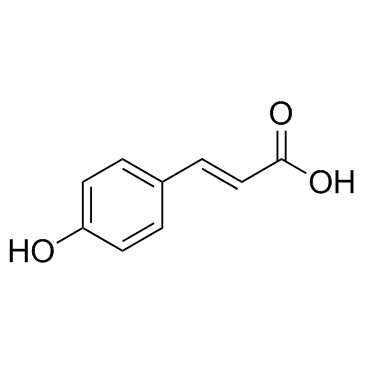 CAS#:7400-08-0
CAS#:7400-08-0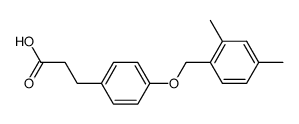 CAS#:84253-22-5
CAS#:84253-22-5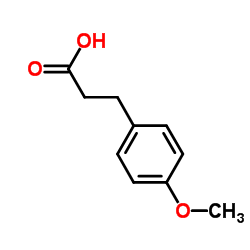 CAS#:1929-29-9
CAS#:1929-29-9![3-[4-(Benzyloxy)Phenyl]Acrylic Acid Structure](https://www.chemsrc.com/caspic/045/6272-45-3.png) CAS#:6272-45-3
CAS#:6272-45-3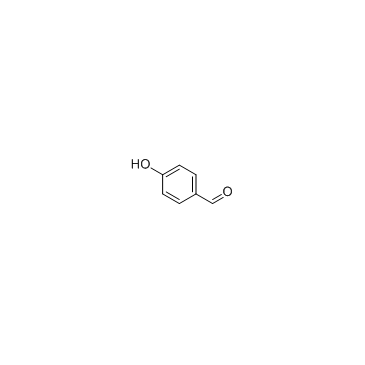 CAS#:123-08-0
CAS#:123-08-0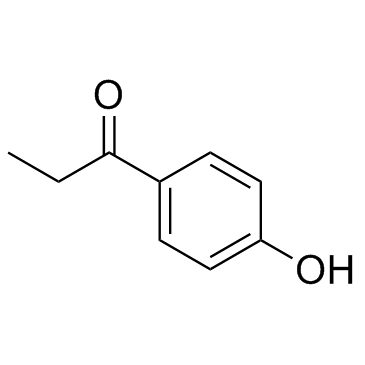 CAS#:70-70-2
CAS#:70-70-2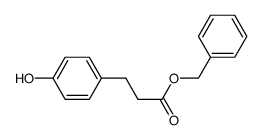 CAS#:31770-76-0
CAS#:31770-76-0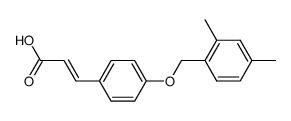 CAS#:84253-18-9
CAS#:84253-18-9 CAS#:22767-72-2
CAS#:22767-72-2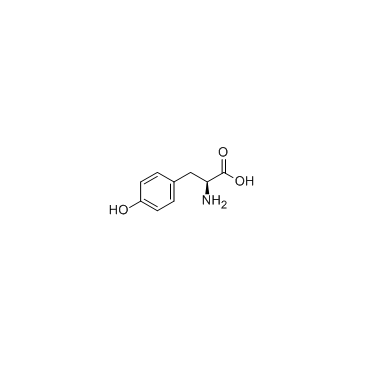 CAS#:60-18-4
CAS#:60-18-4 CAS#:37827-68-2
CAS#:37827-68-2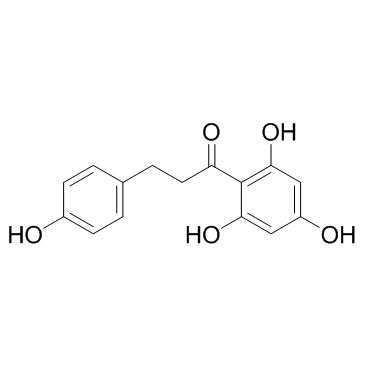 CAS#:60-82-2
CAS#:60-82-2![4-hydroxy-6-[2-(4-hydroxyphenyl)ethyl]pyran-2-one structure](https://www.chemsrc.com/caspic/423/920318-17-8.png) CAS#:920318-17-8
CAS#:920318-17-8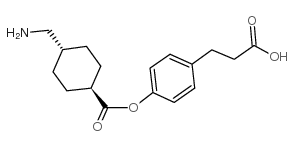 CAS#:34675-84-8
CAS#:34675-84-8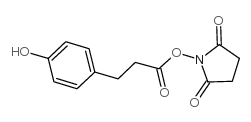 CAS#:34071-95-9
CAS#:34071-95-9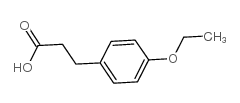 CAS#:4919-34-0
CAS#:4919-34-0 CAS#:51-67-2
CAS#:51-67-2 CAS#:50463-48-4
CAS#:50463-48-4 CAS#:20238-83-9
CAS#:20238-83-9
